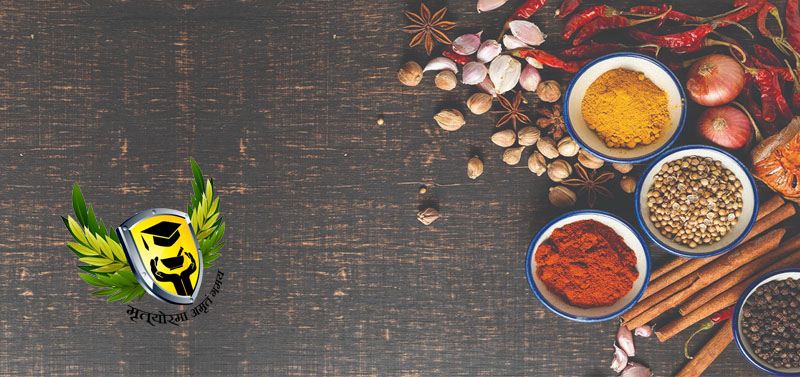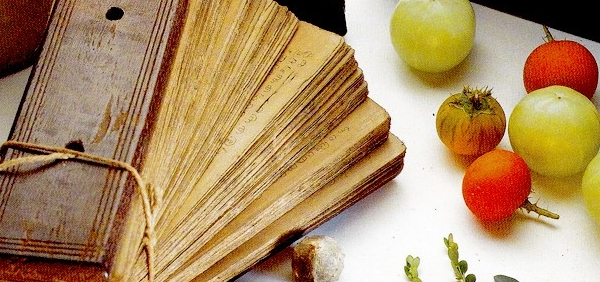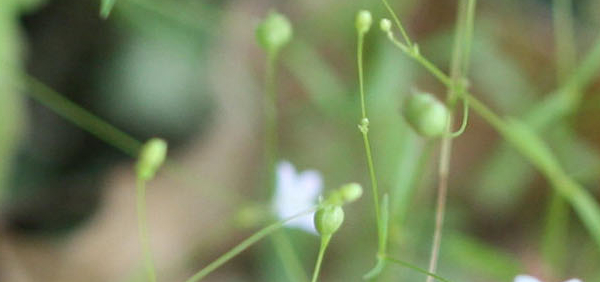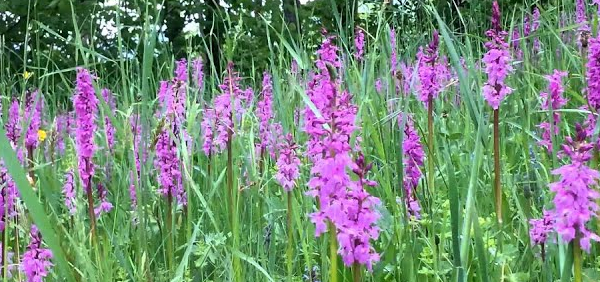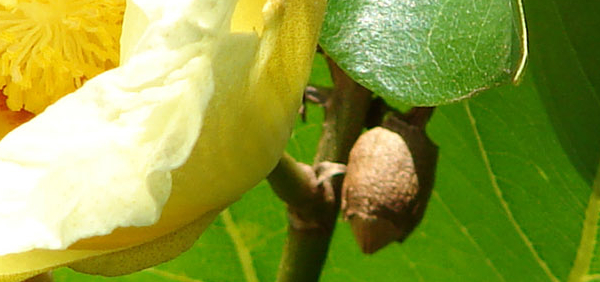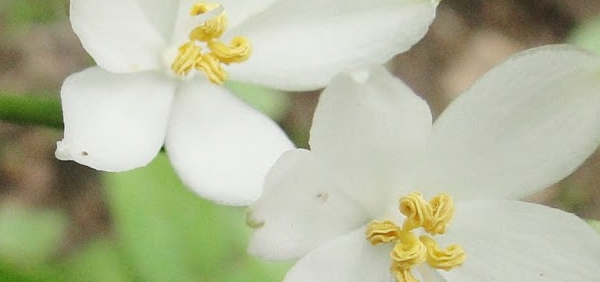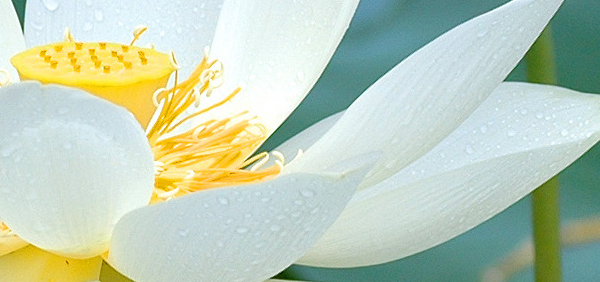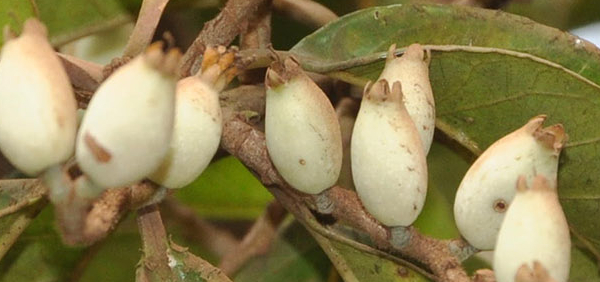ikshvaku :

General Use:
Bottle gourd is cultivated for a wide range of uses including food, storage, utensils, and medicine depending on cultivar and custom. Young, tender, non-bitter fruits are used as a vegetable. They are cut or peeled, and then boiled for 10–15 minutes until soft. Salt may be added to the product that is then eaten as a snack. The young fruits are also mashed, salted and fried and used as a stew. Without added condiments, they are slightly sweet or have a bland taste reminiscent of avocado. Some types are bitter even when young and these are not eaten. In areas where bottle gourd is not eaten, local landraces are often bitter. Young shoots and flower buds of less bitter types are occasionally eaten as a green vegetable. The shoots are boiled with milk or coconut milk to reduce the unpleasant, peculiar flavour. They may also be mixed with other leafy vegetables, e.g. Asystasia gangetica (L.) T.Anderson, Cleome gynandra L., Corchorus olitorius L., Cucurbita moschata Duchesne, Launaea cornuta (Hochst. ex Oliv. & Hiern) C.Jeffrey or Vigna unguiculata (L.) Walp. In Congo, some cultivars have edible leaves, but in most communities the leaves are eaten only as an emergency food.Therapeutic Uses:
Roots and fruits are sometimes used as a purgative. The leaves are used as a medicine for stomach-ache, skin rashes and swelling due to snake poison. The myriad of sizes and shapes of the fruits, both genetically and environmentally determined, accounts for the tremendous variation in the use of the dry shell (calabash) as containers and utensils in many parts of the world. Calabashes are used for storing and transporting drinking water, porridge, fresh or fermented milk, local beer and wine, honey, ghee, animal fat, salt, tobacco, perfume, medicinal herbs, crop seeds or food grains. They are also made into beehives, containers for brewing beer or keeping clothes (like a suitcase), or into animal traps and decoys, animal feeders, air pumps, well buckets, vases, funnels, floats for fishing nets, beds for babies, washbasins, irrigation pots, cages for chicks, masks and containers for seedlings. Calabashes are used to make many musical instruments. The Luo of Kenya make a large traditional bugle from bottle gourds, blown during ceremonies and for chasing away wild animals. In West Africa calabashes may be used as resonance boxes for the kora (harp or lute) and balafon (xylophone). The Bavenda of southern Africa also use calabashes to make xylophones. Smaller types are used to make single-wire traditional guitars or fiddles. Other musical instruments made from calabashes include drums, wind instruments, rattles and hand pianos. Kikuyu sorcerers of Kenya use calabashes for divination by the casting of lots and to anoint circumcision initiates and marriage couples. The Luo in Kenya traditionally use them for smoking cannabis (Cannabis sativa L.). They are also used for manufacturing necklaces, earrings and other accessories. Large halves are commonly used for winnowing grain, the smaller sizes are cut at the top or in halves and used as a drinking cup or as ladles. The use of bottle gourd is deeply associated with local culture among African communities. Songs, proverbs, stories, beliefs and myths are associated with bottle gourd in almost every community.Systemic Use:
कासश्वासविषच्छर्दिज्वरार्ते कफकर्षिते||४||
प्रताम्यति नरे चैव वमनार्थं तदिष्यते|५|
It is recommended for purpose of emesis in patients suffering from cough, dyspnea, poisoning, vomiting and fever as well as in patients reduced due to diseases of kapha or fainting. [4]
Administration:
अपुष्पस्य प्रवालानां मुष्टिं प्रादेशसम्मितम्||५||
क्षीरप्रस्थे शृतं दद्यात् पित्तोद्रिक्ते कफज्वरे| पुष्पादिषु च चत्वारः क्षीरे जीमूतके यथा||६||
योगा हरितपाण्डूनां सुरामण्डेन पञ्चमः| फलस्वरसभागं च त्रिगुणक्षीरसाधितम्||७||
उरःस्थिते कफे दद्यात् स्वरभेदे च पीनसे| जीर्णे मध्योद्धृते क्षीरं प्रक्षिपेत्तद्यदा दधि||८||
जातं स्यात् सकफे कासे श्वासे वम्यां च तत् पिबेत्| अजाक्षीरेण बीजानि भावयेत् पाययेत् च||९||
विषगुल्मोदरग्रन्थिगण्डेषु श्लीपदेषु च| मस्तुना वा फलान्मध्यं पाण्डुकुष्ठविषार्दितः||१०||
तेन तक्रं विपक्वं वा सक्षौद्रलवणं पिबेत्|११|
A large fistful of the sprouts of the plant (leaves) that has not yet put forth flowers should be boiled in 64 tolas (768ml) of milk and given in the fever of the kapha type, with pitta provocation.[5]
As per the description of the recipes of jimutaka in the earlier chapter, four types of milk preparations are to be made out of its flowers etc.(Milk should be prepared with its flowers, milky gruel with freshly appeared fruits, milk cream with hairy fruits, curd with non hairy one and sour curd from milk boiled with the pale green fruit).The fifth one is made by soaking green – pale fruits in suramanda. [6]
One part of the expressed juice of the fruits should be boiled with three parts milk. This is to be administered in accumulation of kapha in the chest, in hoarseness of voice and chronic coryza.[7]
The pulp of a ripe fruit of ikshvaku should be removed and in this shell, milk should be kept till it becomes curd. This curd should be given as potion in cough with expectoration, dyspnea and vomiting.[8]
The seeds of bottle gourd impregnated with goats milk should be taken as potion in poisoning, gulma (abdominal lump), abdominal diseases, tumors of glandular enlargement and in elephantiasis.[9]
The pulp of the bottle gourd fruit mixed with whey should be taken as potion in anemia, dermatosis and poisoning or a potion of butter milk prepared with its pulp may be taken mixed with honey and rock salt.[10]
The person habituated to pleasant smell should be made to vomiting by smelling a flower which has been sprinkled over with the fruit –juice and the powder of the dried flowers of the bottle gourd.[11]
- » Classification and names of ikshvaku
- » Synonyms and definitions of ikshvaku
- » Drug Properties of ikshvaku
- » Chemical Constituents of ikshvaku
- » Standardization of ikshvaku
- » Parts used and Dosage of ikshvaku
- » Morphology and Histology of ikshvaku
- » Distribution and Conservation of ikshvaku
- » Cultivation of ikshvaku
- » ikshvaku in the market
- » Medicinal Uses of ikshvaku
- » Researches and clinical trails of ikshvaku
- » ikshvaku in other sytems of medicine
- » Ayurvedic formulations with ikshvaku
- » Images of ikshvaku


